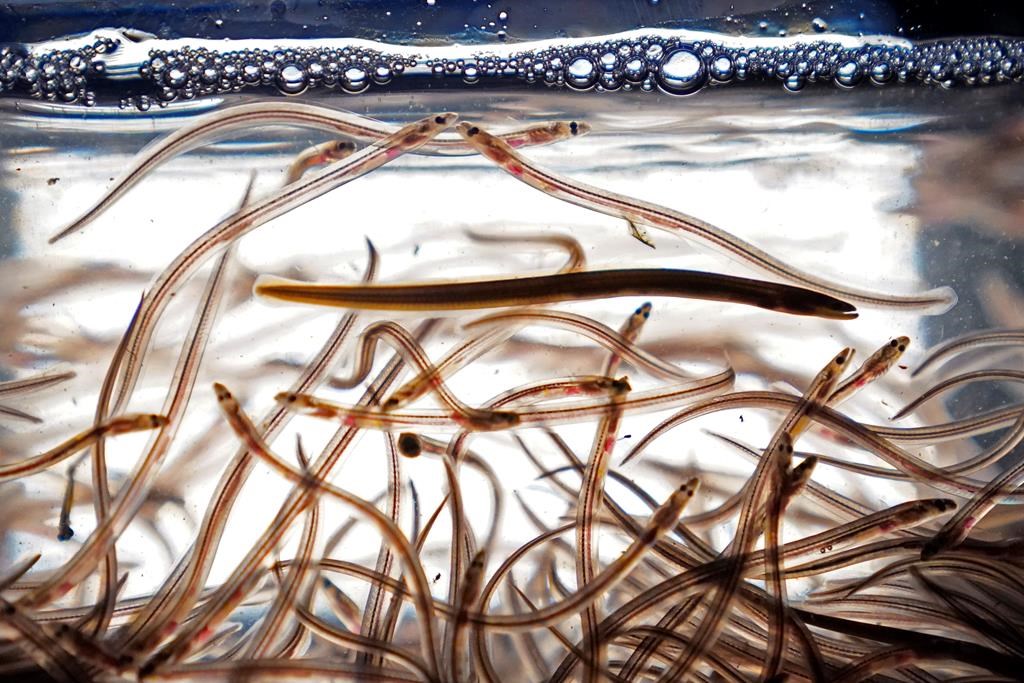VIDEO: A freshly-carved hockey stick, polished and signed by former NHLer Jordin Tootoo
Posted Jun 9, 2019 04:00:00 PM.
Who would keep broken glass and stingray skin in their workshop? A witch? Well, maybe a witch who is also a woodworker.
In the old days, nobody sanded wood. Woodworkers used broken glass for scraping away tool marks. Then they did their final smoothing by rubbing the wood with shagreen, a cloth made from horsehide or stingray skin.
It’s always tempting to grab a power sander and start grinding away. But power sanding changes the wood’s surface by tearing the wood cells.
A chair maker told me you never sand Windsor chairs if you are trying to reproduce the look of the original. He claimed you should be able to see the tool marks of the craftsperson. If this works for reproducing vintage chairs I figured I should try it for reproducing one-piece hockey sticks.
Instead of using broken glass, I used a cabinet scraper which is a piece of steel with a burnished – or burred – edge. Sometimes they are called card scrapers. These scrapers remove a very, very thin layer of wood with each pass. The shavings remind me of feathers.
The scraper easily handled the curly grain at the bend.
There are hundreds of wood finishing products out there. Most of them are glossy finishes. But not all woodworking projects should be shiny. Slippery high gloss finishes don’t belong on tool handles or hockey sticks. Plus they reflect too much light, making it hard to see the beautiful wood grain underneath.
I chose a traditional finish—raw linseed oil, a natural product made from flaxseed.
Linseed oil helps retain the wood’s moisture which limits cracking and shrinking. Traditionally it was used for outdoor items like shovel handles and canoe paddles. It’s likely the early hockey sticks were finished with it as well.
Raw linseed oil is non-toxic and can be given to farm animals as a laxative. It can also be used on kitchenware like wooden bowls. But don’t be fooled. It is a very dangerous product. If you leave linseed oil rags hanging around they will self-combust within a couple hours.
My linseed oil went on easily with a brush. The oil naturally flattened out so no brush strokes were left behind. The oil dried to the touch quickly but it took a few days to harden. I didn’t sand between coats. Instead I just used a rough cloth to work the surface as if I was washing the stick.
Linseed oil will darken wood. Within months the sticks took on a life of their own and seemed to glow thanks to the combination of the yellow birch and oil. One of the old hockey stick ads described this effect as “golden birch.” This is a perfect description.
Someday I’d like to recreate the old labels from the one-piece hockey stick days. But for these freshly-carved sticks, I did the next best thing.
Former NHLer Jordin Tootoo was in town playing in the Terence Tootoo Memorial Tournament. Thanks to a friend working security, I was able to get into his team’s dressing room. Jordin kindly signed both sticks along with a copy of his wonderful book.
Thank you for reading. Keep your stick on the ice and we’ll see you next time.










